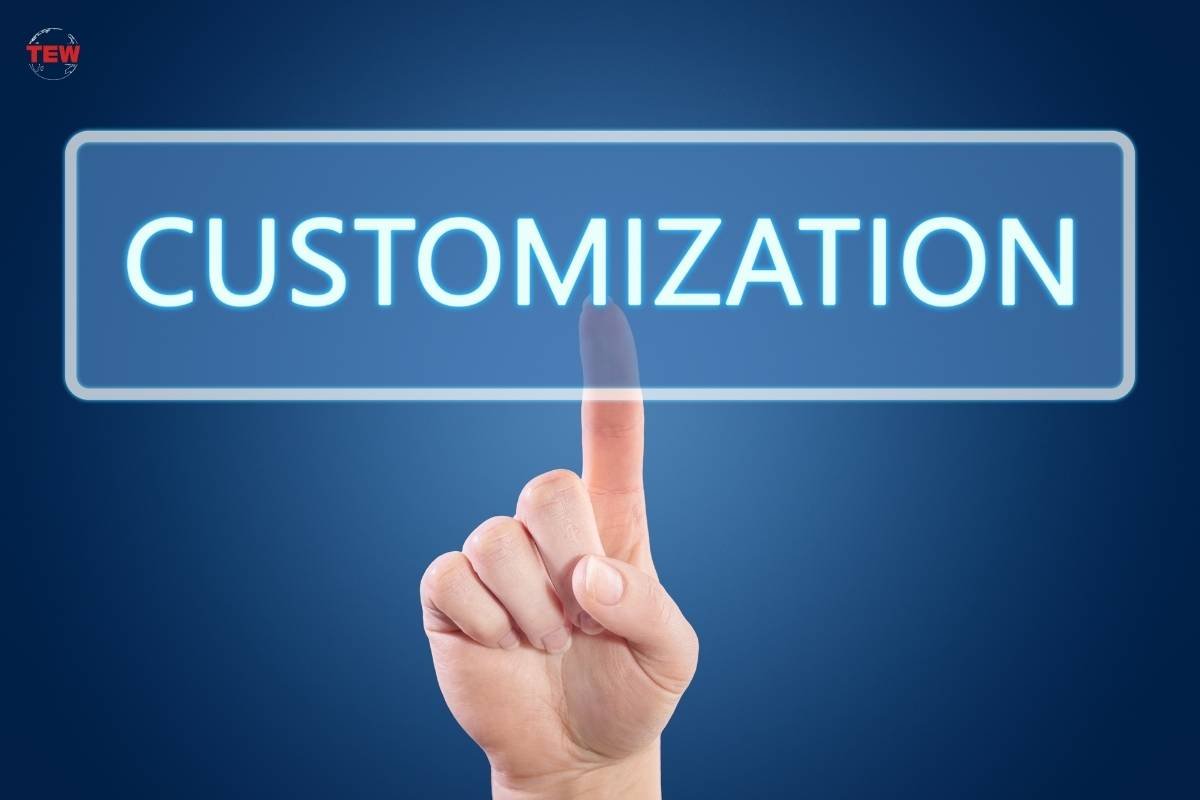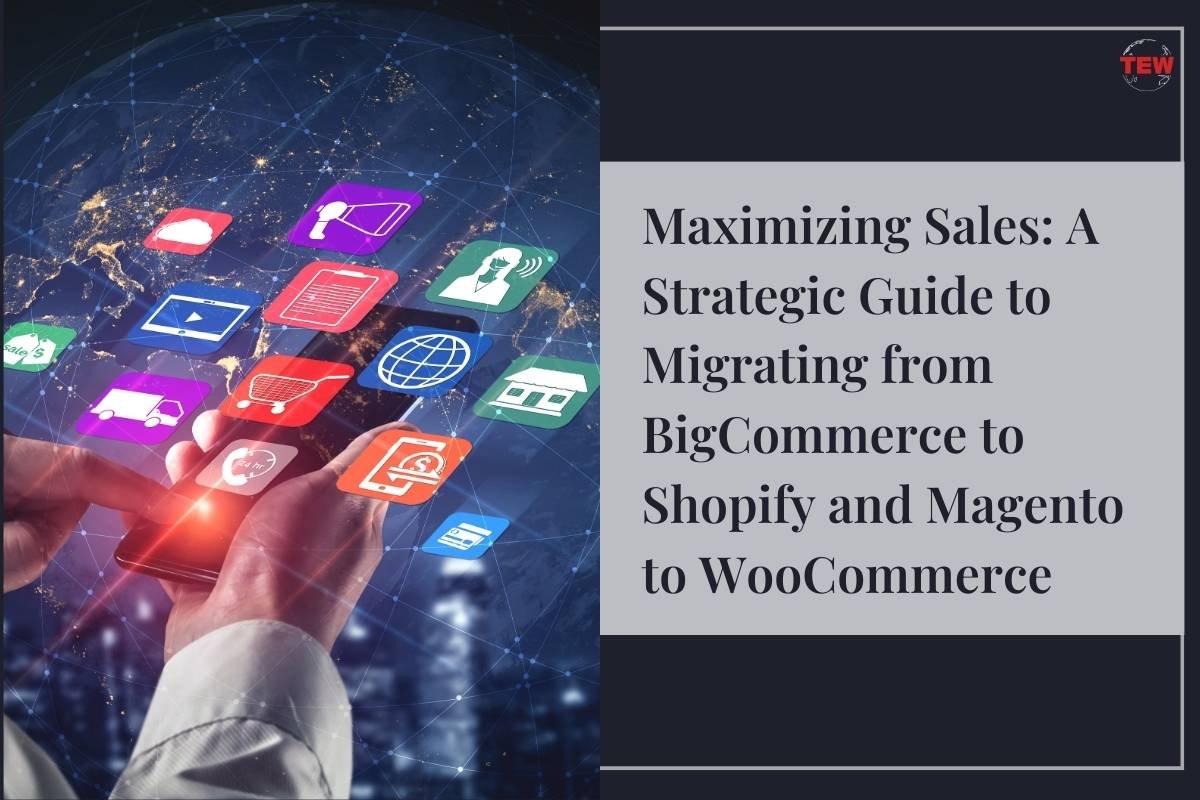In the fast-paced world of e-commerce, the decision to switch platforms is a strategic move that can significantly impact your sales potential. Whether you’re moving from BigCommerce to Shopify or transitioning from Magento to WooCommerce, a well-executed migration is key to maintaining a seamless customer experience and unlocking new opportunities for growth. In this comprehensive guide, we’ll explore the steps and considerations involved in maximizing sales through a successful platform switch.
Understanding the Need for Migration:
Before diving into the migration process, it’s essential to understand why you’re making the switch. Whether it’s to access new features, enhance customization, or improve scalability, clarifying your goals will guide the transition strategy and help you make informed decisions throughout the process.
Migrating from BigCommerce to Shopify:
Here is the step-by-step guide for a seamless transition from Bigcommerce to Shopify.
1. Evaluate Your Data
Begin by conducting a thorough audit of your existing data on BigCommerce. This includes product information, customer data, order history, and any additional customizations.
2. Choose the Right Plan
Explore Shopify’s pricing plans to determine the one that best aligns with your business needs. Shopify offers a range of plans catering to different-sized businesses, each with its features and benefits.
3. Export Data from BigCommerce

Utilize BigCommerce’s export tools to extract your data in a compatible format. Common formats include CSV or Excel files, which can be easily imported into Shopify.
4. Import Data to Shopify
Shopify provides seamless import tools to bring your data into the new platform. Ensure that product images, customer details, and order information are accurately transferred.
5. Recreate Customizations
Recreate any customizations or additional features you had on BigCommerce within the Shopify environment. This may involve installing apps from the Shopify App Store to replicate specific functionalities.
6. Update DNS and Redirects
Coordinate with your IT team or hosting provider to update DNS settings and set up 301 redirects. This ensures a smooth transition for customers and maintains SEO equity.
7. Test and Optimize
Before going live, thoroughly test your Shopify store. Check product pages, payment gateways, and the overall user experience. Optimize as needed to ensure maximum functionality and performance.
Migrating from Magento to WooCommerce:
After understanding how to switch to Shopify, now is the time to understand the method to migrate from Magento to Woocommerce.
1. Assess Your Requirements

Understand your specific requirements and reasons for migrating from Magento to WooCommerce. This may include seeking a more user-friendly interface, cost savings, or improved integration capabilities.
2. Select a Hosting Solution
Choose a hosting solution that aligns with the scale and needs of your business. WooCommerce operates seamlessly with various hosting providers, allowing you to pick one that suits your budget and performance expectations.
3. Export Data from Magento
Leverage Magento’s export features to extract your product catalog, customer information, and order history. Save this data in a compatible format, such as CSV or XML.
4. Install WooCommerce
Install the WooCommerce plugin on your WordPress site. Follow the setup wizard to configure basic settings, payment gateways, and shipping options.
5. Import Data to WooCommerce
Use WooCommerce’s import tools to bring your data into the new platform. Map the fields from your Magento export file to the corresponding fields in WooCommerce.
6. Recreate Customizations

Recreate any custom themes or functionalities present in your Magento store. WooCommerce provides a range of plugins and extensions to enhance your store’s capabilities.
7. Test and Optimize
Conduct thorough testing of your WooCommerce store, checking product pages, order processing, and payment gateways. Optimize your site for performance and user experience.
Common Considerations for Both Migrations:
- During the migration process, it’s crucial to consider key aspects that contribute to a successful transition. In terms of SEO, safeguard your existing equity by employing 301 redirects, guiding both search engines and users from old URLs to their new counterparts. Simultaneously, update metadata, alt tags, and other on-page SEO elements to ensure optimal visibility.
- Furthermore, effective customer communication is paramount; keep your clientele informed about the transition, including potential downtime, URL changes, and exciting new features on the updated platform. Facilitate a seamless transition for customers by integrating the same or equivalent payment gateways on the new platform, coordinating closely with your payment service provider to update API credentials.
- Not to mention, plan for ongoing support and monitoring post-migration, promptly addressing any issues and remaining responsive to customer feedback. Lastly, prioritize the security of your online environment by conducting regular data backups and implementing robust security measures to safeguard sensitive information.
Conclusion:
A successful migration from BigCommerce to Shopify or Magento to WooCommerce requires meticulous planning, thorough testing, and ongoing optimization. By understanding your business goals, carefully assessing your data, and following a systematic approach, you can maximize sales potential and position your online store for sustained growth. Remember to communicate transparently with your customers, preserve SEO equity, and leverage the unique features of your new platform to drive sales and enhance the overall customer experience.
Also Read: Finally Getting Your Business Online: A Comprehensive Guide




